Starting a tax practice is proven to grow your existing financial services business. Clients are uncertain about the future of the economic landscape and the best way to take advantage of it. This opens the door for you to take advantage of the opportunity that taxes provide to your growing business.
Are you interested in starting a tax practice? Ask yourself the following questions:
- Do you aspire to become a truly holistic advisor?
- Are you entrepreneurial and looking to grow?
- Do you need more prospects coming into your office?
- Are you interested in providing better advice to your clients?
- Do you want to add additional rainmakers to your business?
You don’t need a tax background to get started; you will become more competent and confident in tax planning over time. Taxes aren’t a one-time thing; you will deliver ongoing advice and provide solutions to tax concerns. This will differentiate you as a unique, multi-solution wealth professional and showcase your firm’s capabilities to a new group of potential clients.
Starting a tax practice from the ground up can be daunting for even the most seasoned professional. Do you jump in with both feet, or should you test the waters before fully committing? There are advantages and disadvantages to both.
There are three ways to incorporate taxes into an existing financial practice–you can build one yourself, borrow clients from a current tax firm, or you can buy a tax practice. In this article, we focus on building and borrowing.
Starting a Tax Practice Yourself
The most successful wealth professionals are always thinking about growth. They want to find new prospects or increase their offerings to expand services available to existing clients. You can accomplish both simultaneously, without adding a lot of personal time and effort, by building a tax practice within your financial services business.
The goal of building a tax practice is to eventually convert those clients to financial services clients. Tax preparation allows you to get in front of them once a year. This will enable you to review their taxes with them and provide an overview of how to include their tax strategy as part of a holistic financial plan.
The tax client might not be ready for your other services at first, but you’ll be there when they are ready.
There are several steps you need to follow when starting a tax practice. First, you need to build the foundation before starting a tax practice, everything from office space and software to pens and business cards.
Next, you should hire a tax professional or CPA to prepare tax returns and market the practice to bring in new prospects and clients.
Finally, make sure you hire someone to assist with appointment setting and other office management tasks.
In Stage 1, things will be modest. For the first year or two, it will be you and two accountants handling all the business, between 100-400 returns.
During Stage 2, you should be processing 400-1000 returns, so you’ll need to hire an additional advisor and possibly a tax practice manager.
By the time you reach Stage 3, your office will have 1000-2000 tax clients, with the potential addition of another advisor and additional accountants.
Advantages:
- Brings revenue directly to the firm
- Tax practice revenue is net profit
- The cost of getting a potential client in front of you is low
- Profitable lead generation solution
- You control the business and how the returns are delivered
- Become a better holistic planner when you incorporate the taxes
Disadvantages:
- It’s a lot of work
- It takes a lot of time that you could be using to focus on financial planning
- You will need to hire more team members to handle the business
- You’re responsible for overseeing the day-to-day operations until growth warrants hiring a tax manager
Borrowing Clients from an Existing Tax Firm
To determine if a tax practice will work for you without creating one from scratch, you can partner with an existing tax firm to borrow their clients.
You offer their clients tax management and holistic financial planning while they still use their in-house CPAs for tax preparation. You or one of your associates will then meet with the clients to go over their returns and explain tax planning strategies for the coming year. This gives you an excellent platform to attract new clients to your financial practice.
Set up a cost-sharing arrangement so that a percentage of any new business goes back to the host tax firm as part of the agreement.
Advantages:
- The audience is already made up of tax clients
- You don’t have the staffing expenses of hiring CPAs
- Tax firm’s location can serve as your second office for meetings
- You’re the next logical buyer when the owner sells or retires.
Disadvantages:
- Marketing is out of your control
- You have little say in the staffing choices
Although the accountant will initially meet with the client and prepare the taxes, the financial advisor should present the completed tax documents. During this time, you should go over the services your financial practice can provide, outline any tax strategies, and develop a relationship with the client from year to year.
Now that you know how to build your own tax business, and borrow clients from an existing firm, don’t miss our blog on how to purchase a tax practice.
Financial Professional Use Only
The information provided in this presentation is not intended as investment advice or legal advice. The information provided is for informational and training purposes only. The information in this presentation was accurate as of the time of the material was created. Tax laws and rulings can frequently change. Please discuss the client’s current situation with an accountant or tax advisor.
